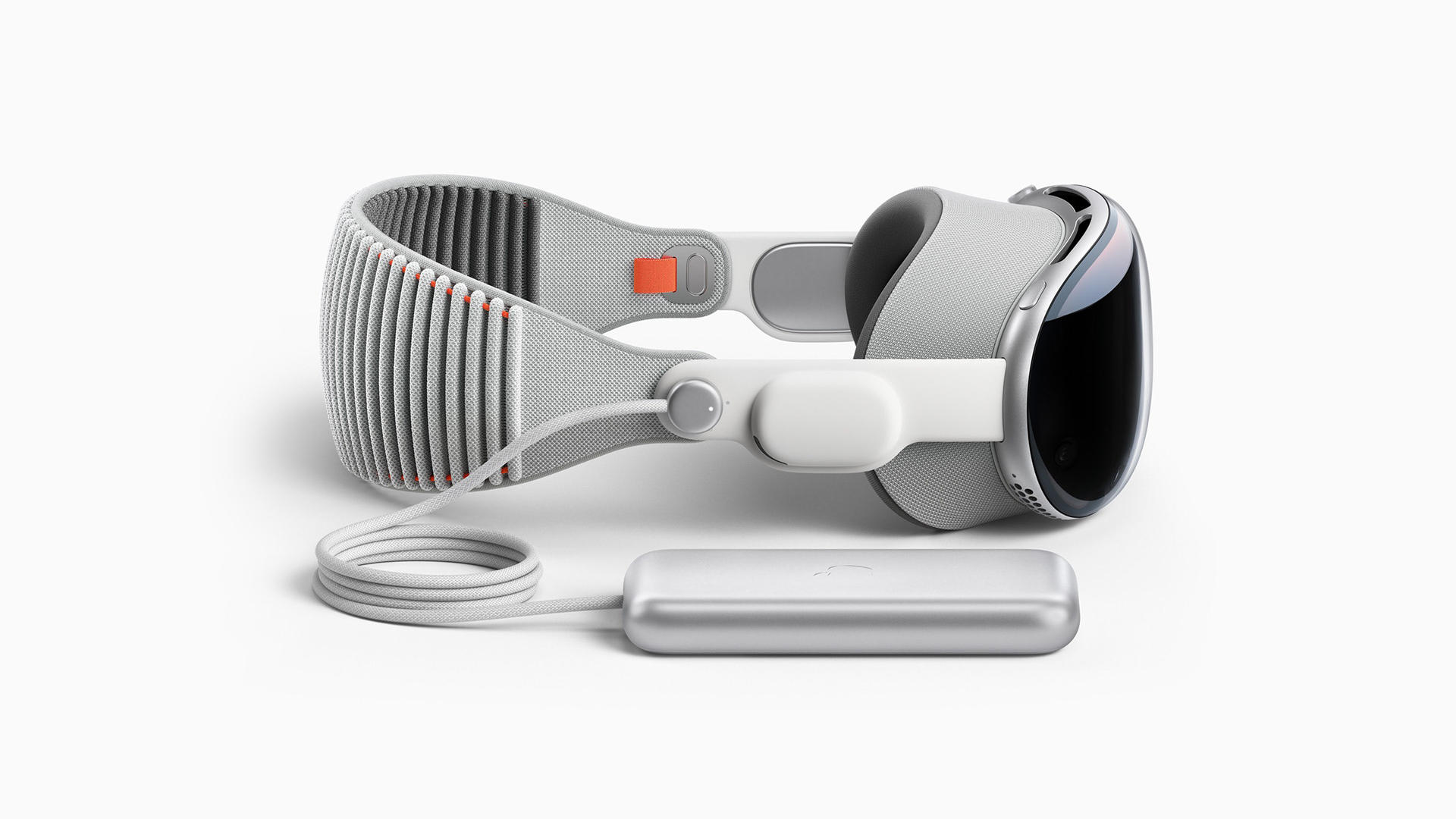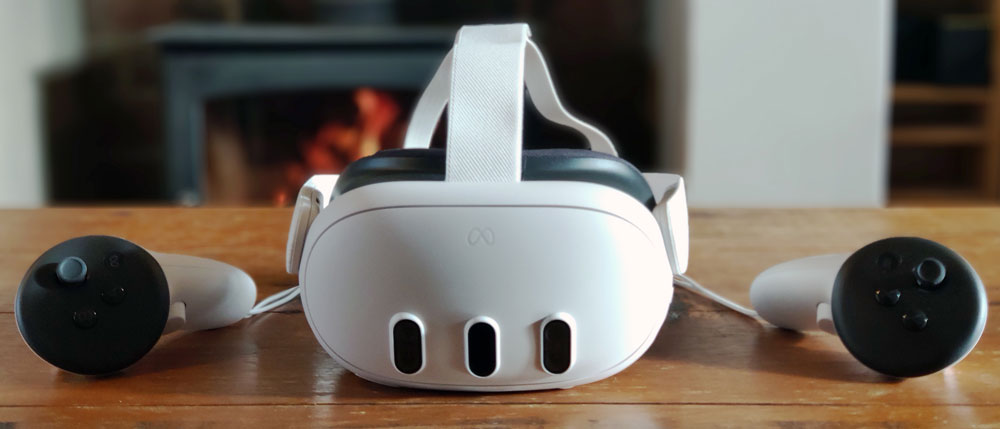
Released in February in the US, the Apple Vision Pro is the first entirely new Apple product line since the launch of Apple Watch in 2015. It's also very expensive, costing $3,499. There are rumours that Apple now aims to speed up the launch of a cheaper entry-level version of the spatial computing headset (Apple Vision Air? Apple Vision?), but many have some doubts about how well it will be received.
Still only available in the US, the Vision Pro is a niche device that Apple probably doesn't expect to reach mainstream use, and the price fits with that. But it remains to be seen what sacrifices Apple will make to reduce the price for an entry-level headset while still retaining enough of a unique selling proposition over rival devices to make it appealing (see our roundup for Apple Vision Pro reviews).
Apple Vision Pro-related news:There are rumors that SeeYA is joining the supply chain.- Apple is demanding an expansion of production capacity from Sony, but Sony is not actively expanding production. Apple finds itself in a situation where it needs to seek suppliers other…March 5, 2024
The latest rumours from serial leaker Revegnus, as reported by The Elec, suggest that the vanilla 'Apple Vision', or 'Vision Poor' as it's been dubbed by some, could be released in 2025 or 2026 and could cost $2,000 less than the Apple Vision Pro. To achieve that, Apple is reportedly trying to reduce the manufacturing cost of one of the most expensive components: the two 4K micro-OLED displays, which apparently make up $456 of the $1,542 production cost for each device. That could partly be achieved by reducing the production bottleneck by turning to suppliers other than Sony – The Elec says that Apple is considering SeeYa and BOE.
But over on Reddit, people are skeptical. Apart from the external screen, people wonder what could be cut to bring the price down without significantly degrading functionality. And even if Apple is able to make what some are dubbing the cost $2,000 less, that's still $1,500, which many people say is still more than they would pay.
That would still be more expensive than many configurations of Apple's best selling product, the MacBook Air. It would also be $1,000 more expensive than the Meta Quest 3 (see Mark Zuckerberg's reaction to the Vision Pro), and it remains to be seen whether the public at large will want to use a mixed-reality headset.

"The Vision Pro and its cheaper counterpart will remain a very niche product line until it can be as affordable as an iPhone, though even then it'll require some more usefulness in day to day life for it to become a mainstream product," one person wrote on Reddit. "A lot of people don't want to wear a chunky device on their heads all day."
For others it's all about the hair and makeup. "A face mounted computer can’t possibly breakthrough to the mainstream so long as they mess up your hair or leave visible marks on your face after an hour or so of usage," one person wrote, suggesting that the Vision Pro is merely a simulator for the experience Apple actually wants to make further down the road. Others agree, suggesting that Apple is treating the Vision Pro as a beta release to get feedback (with a high price to cover the production costs of a limited run).
Daily design news, reviews, how-tos and more, as picked by the editors.
Of course, only time will tell. Perhaps in a couple of years, we'll all be walking around wearing Vision Airs or whatever Apple decides to call them. The Vision Pro is currently only available directly from Apple in the US.

Joe is a regular freelance journalist and editor at Creative Bloq. He writes news, features and buying guides and keeps track of the best equipment and software for creatives, from video editing programs to monitors and accessories. A veteran news writer and photographer, he now works as a project manager at the London and Buenos Aires-based design, production and branding agency Hermana Creatives. There he manages a team of designers, photographers and video editors who specialise in producing visual content and design assets for the hospitality sector. He also dances Argentine tango.
